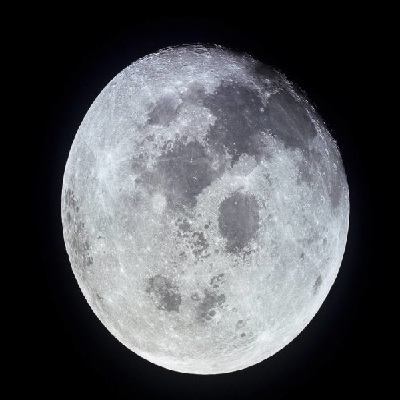New research from University of Alberta physicists provides the first-ever model of our Moon’s rotational dynamics, taking into consideration its solid inner core. Their model helps to explain why, as seen from Earth, the Moon appears to wobble on its axis, according to Science Daily.
The answer, said physicist Mathieu Dumberry, lies in the complex geometry of the Moon’s orbit, locked in what is known as a Cassini state.
“The Moon goes around the Earth, but its orbit is inclined by about five degrees. But just like the Earth’s rotation axis is inclined by 23.5 degrees in space, the Moon’s rotation axis is also inclined, by about 1.5 degrees,” explained Dumberry, associate professor in the Department of Physics. “Over one orbit, it points at the same direction in space — which is in the same plane as the normal to the orbit of the moon. This defines a Cassini state.”
This type of lunar orbit was first observed by Giovanni Cassini more than four centuries ago. Since that time, the complex mathematical and physical elements of the Cassini state have been examined by scientists around the world. But what makes this model unique is accounting for a solid inner core at the centre of the Moon.
The heart of the matter
“Essentially, we took all forces into account and tried to predict the angle of the inner core of the Moon,” explained Dumberry. “The tilt angle can be predicted, but we need to know accurately the deep interior structure on the Moon. However we know it is not aligned with the mantle or the fluid core. We determined that the inner core is tilted as much as 17 degrees away from the mantle in one direction or 33 degrees away in the other.”
And, if scientists can identify the angle of the inner core, they will be able to develop a more accurate picture of the interior of the Moon.
“This is the first model of the rotational dynamics of the Moon that fully takes into account the presence of a solid inner core,” said Christopher Stys, graduate student who conducted this research under the supervision of Dumberry. “Understanding the composition of the Moon’s interior may provide insight to the events leading up to the formation of the Moon and the early history of the Earth.”
N.H.Kh

